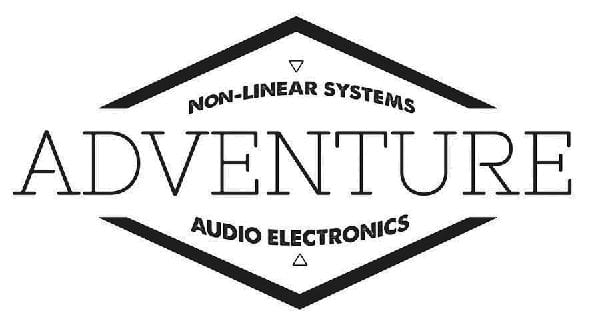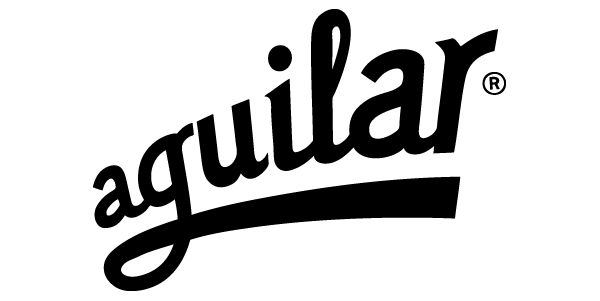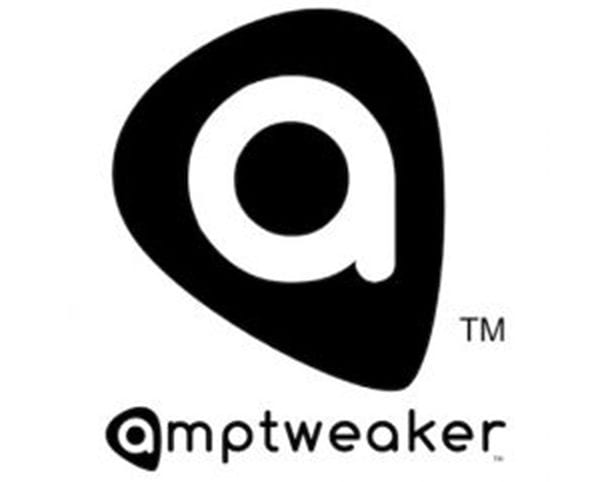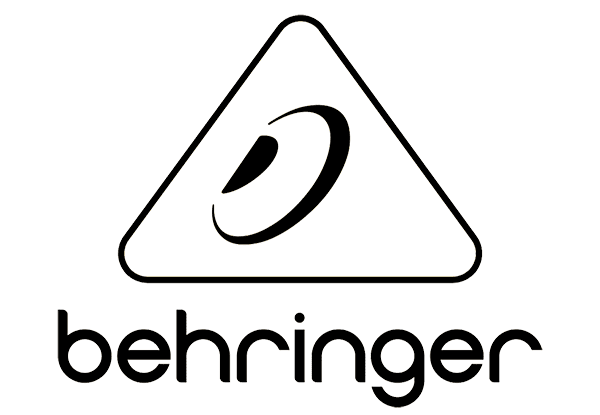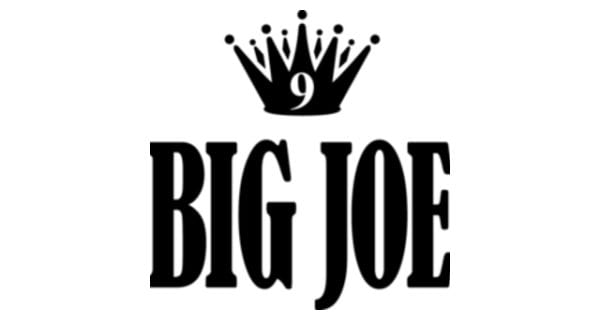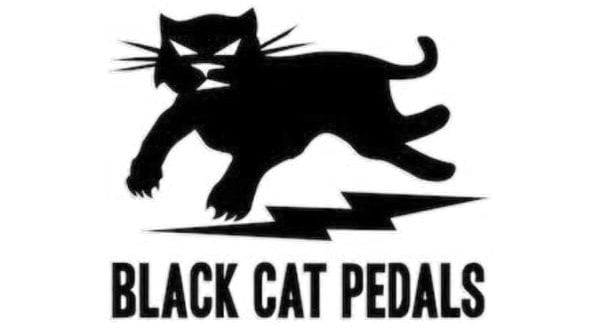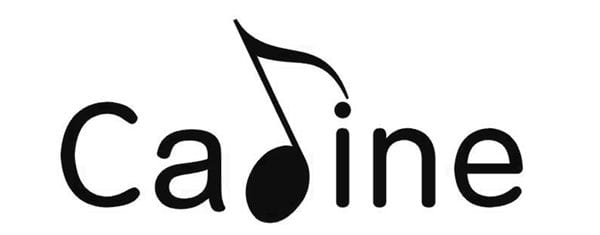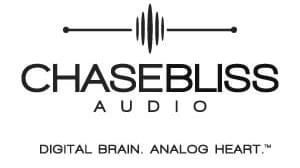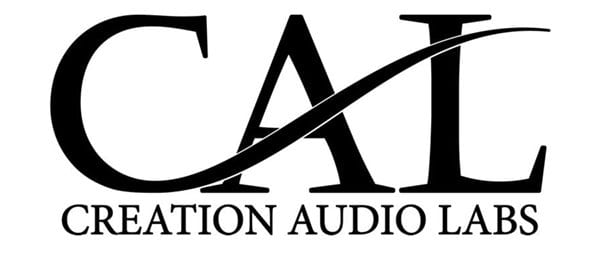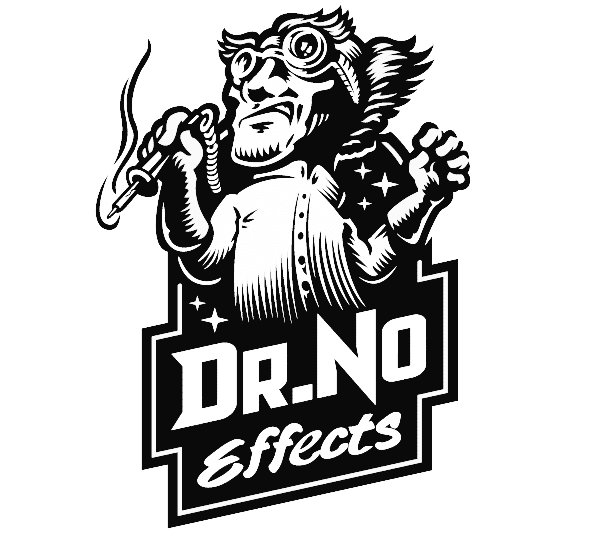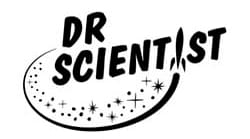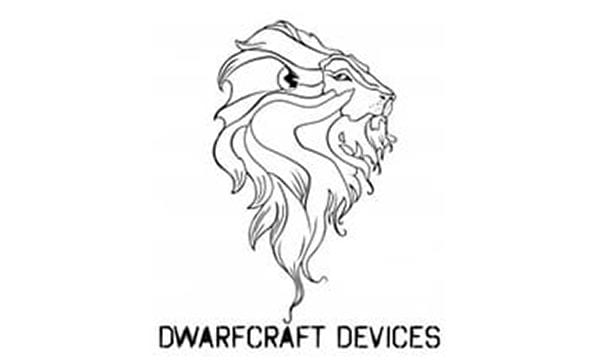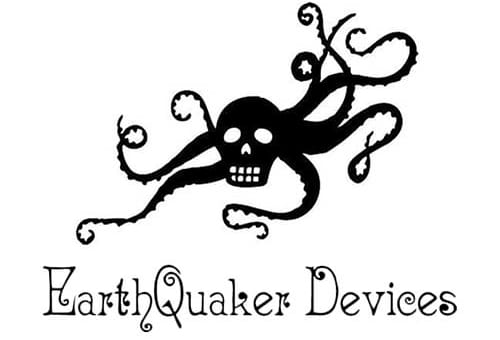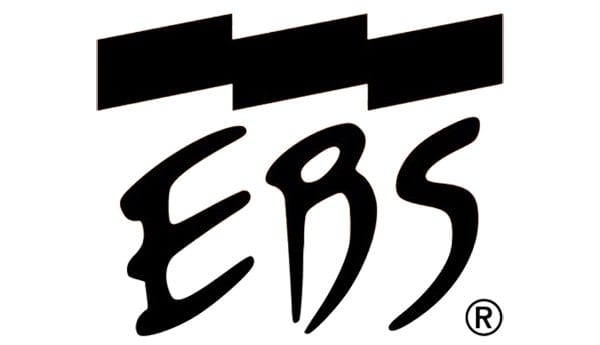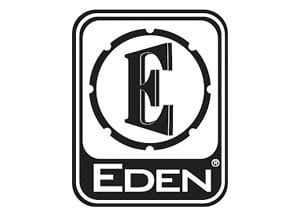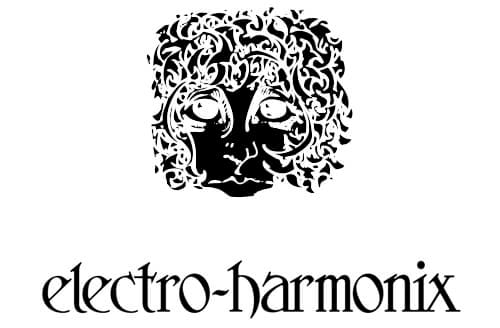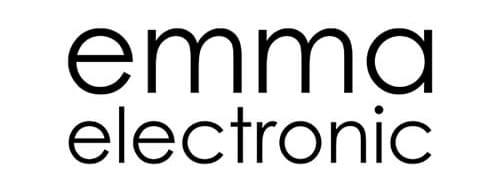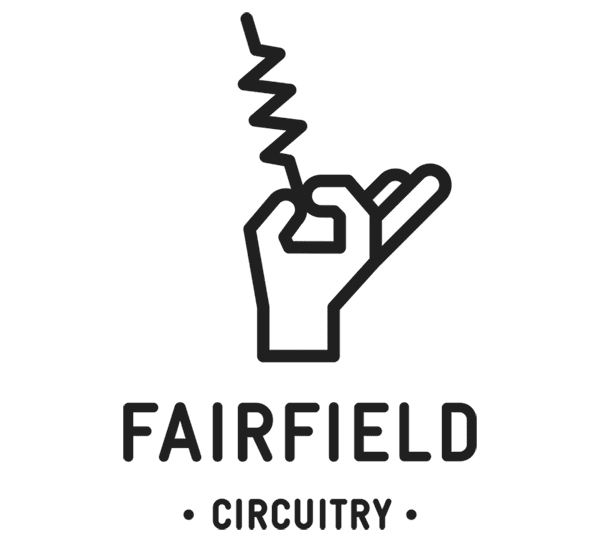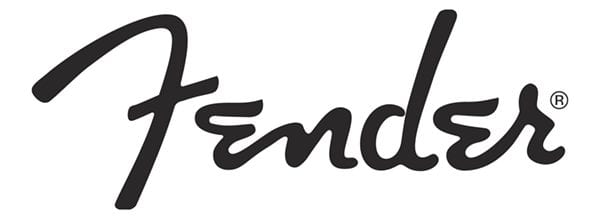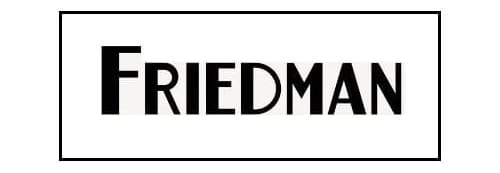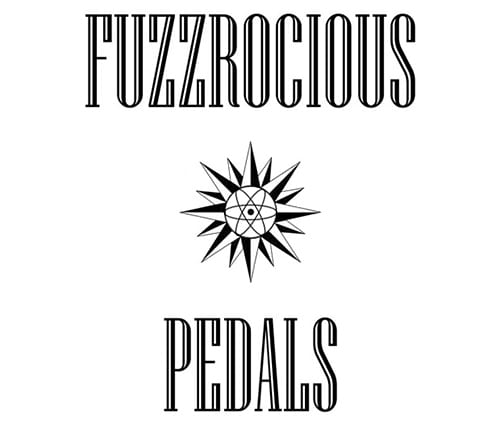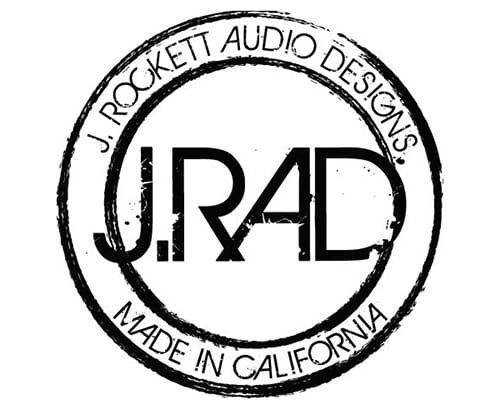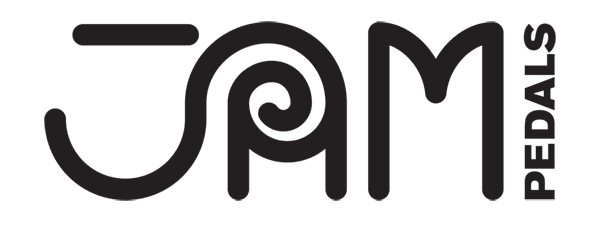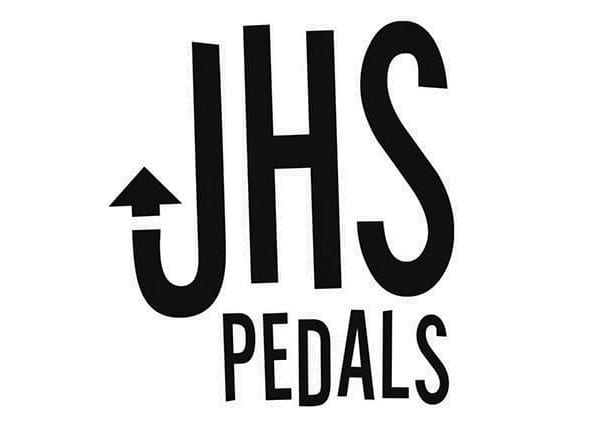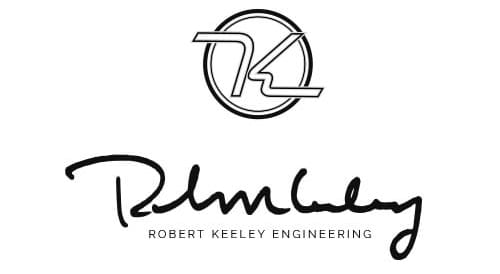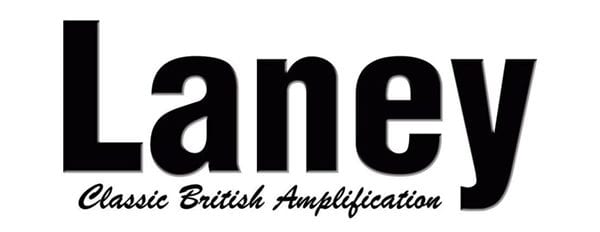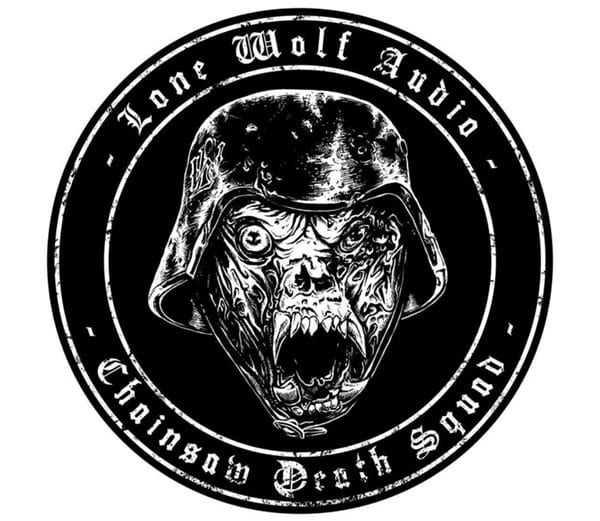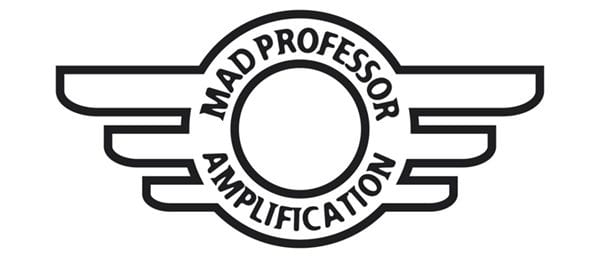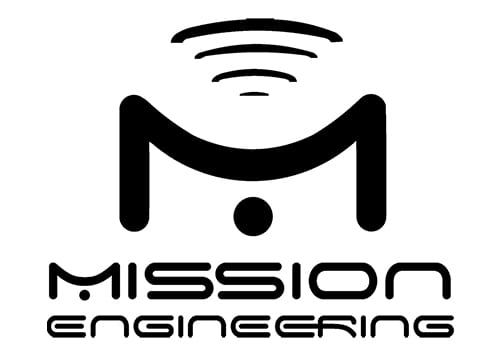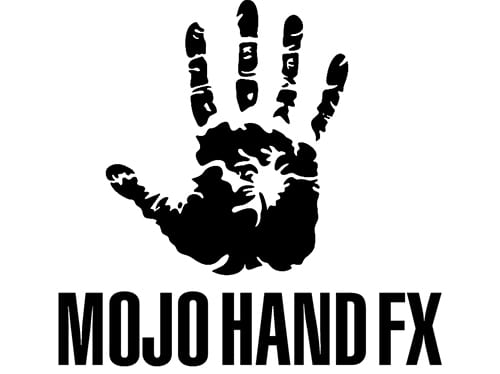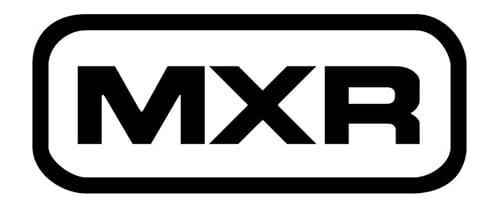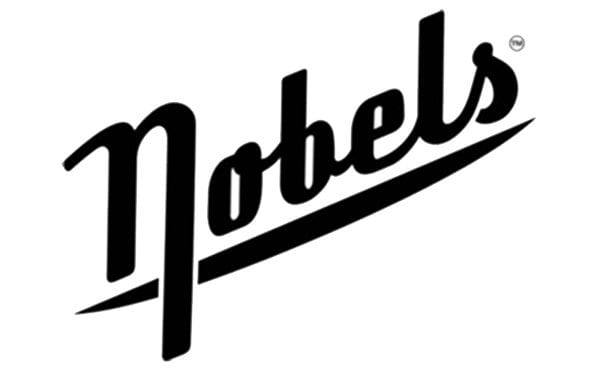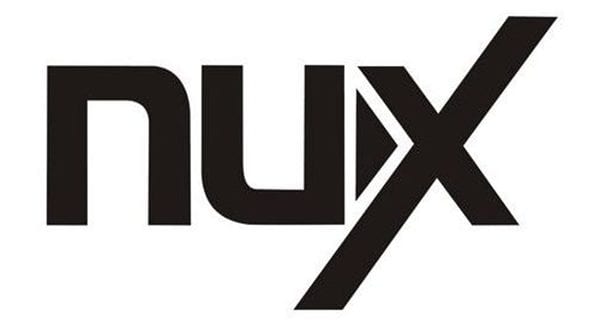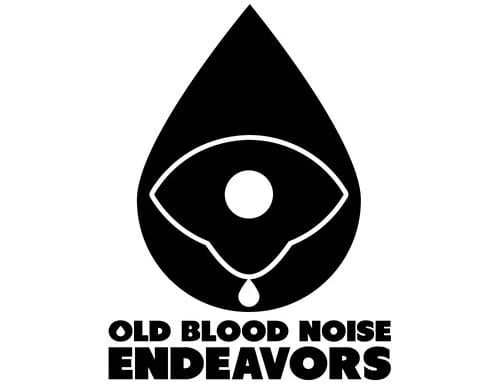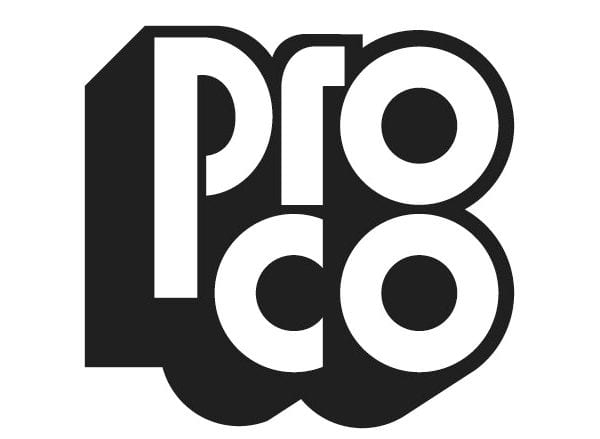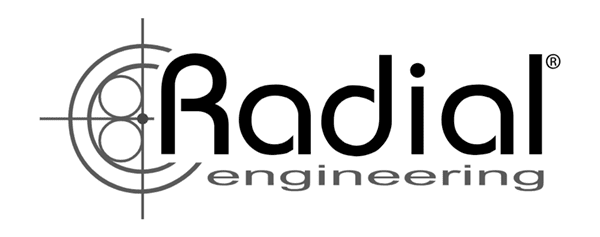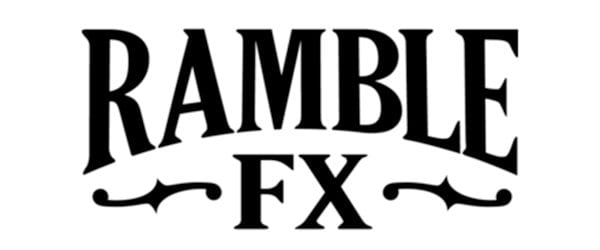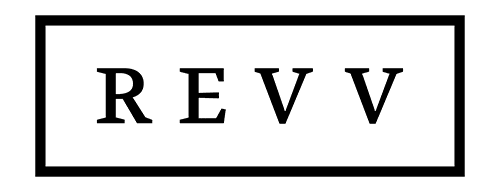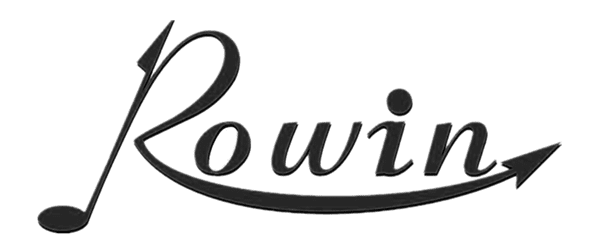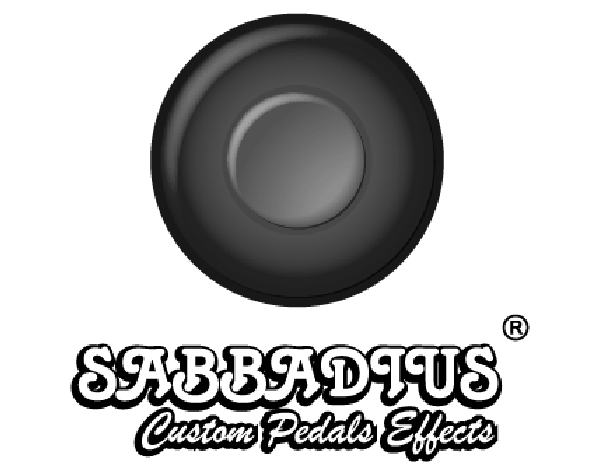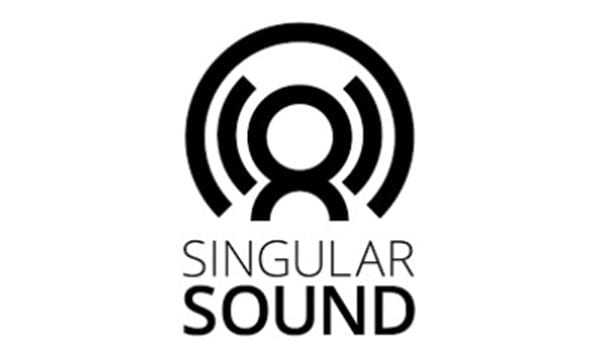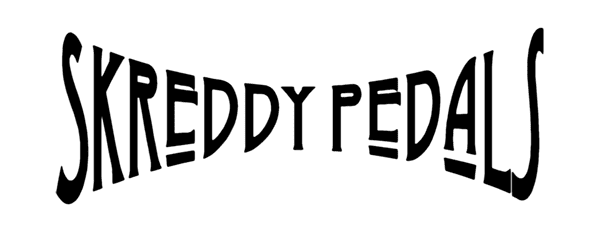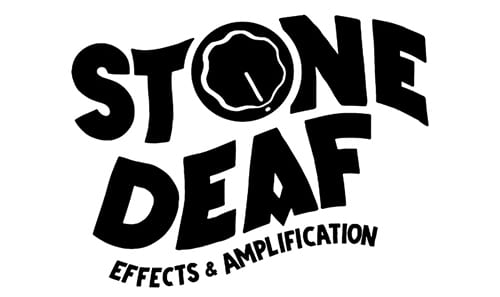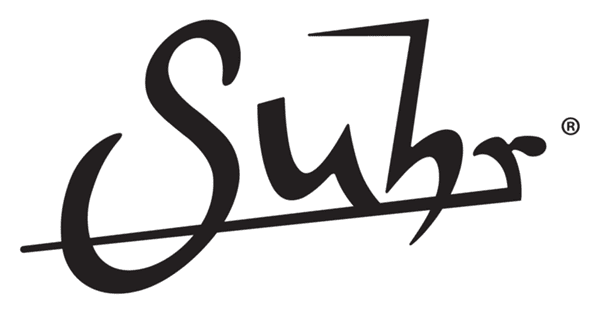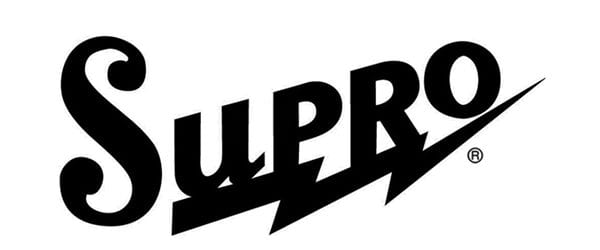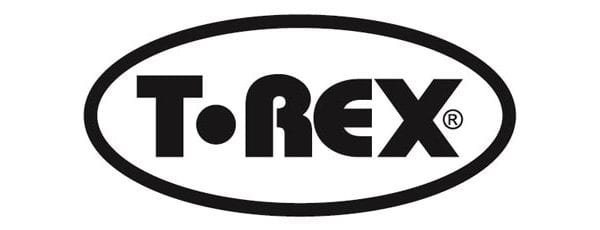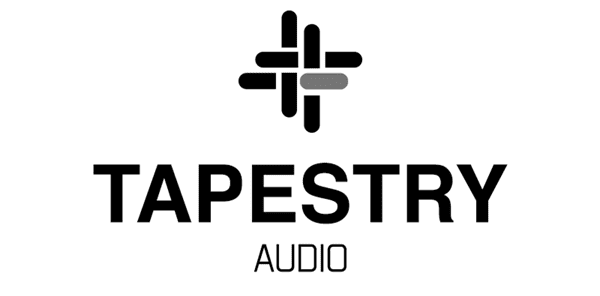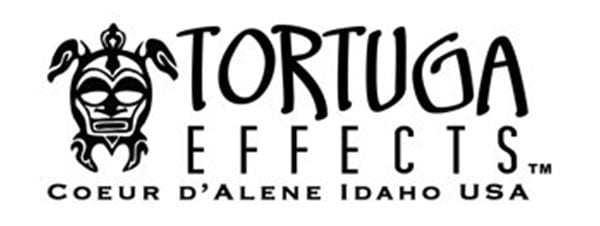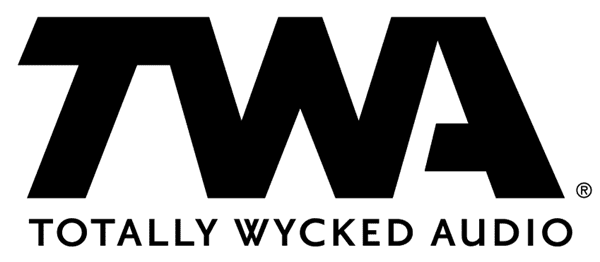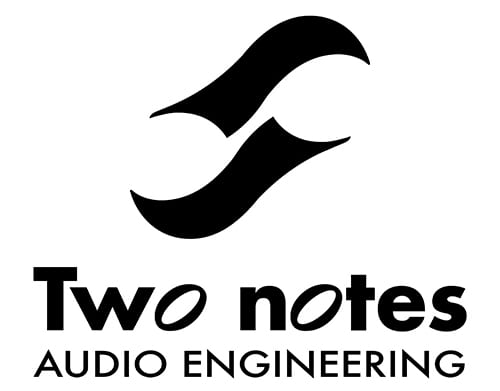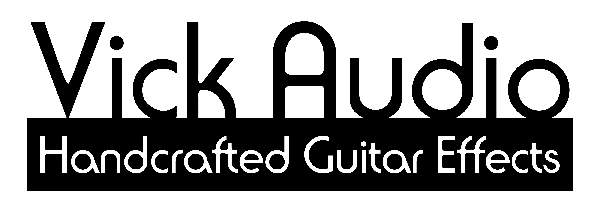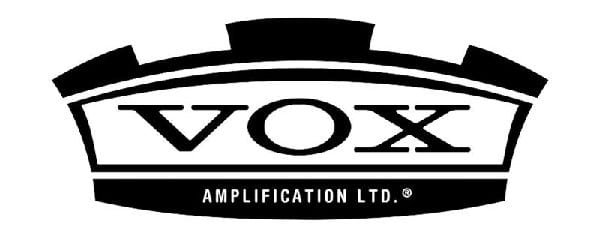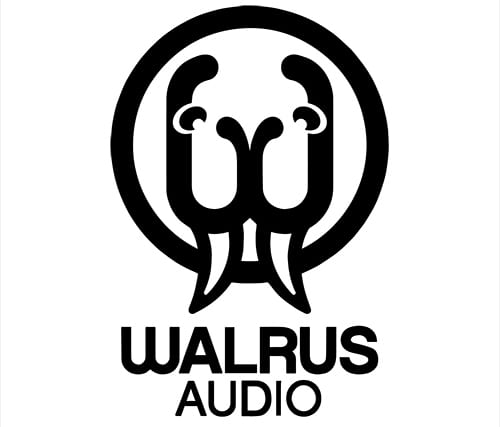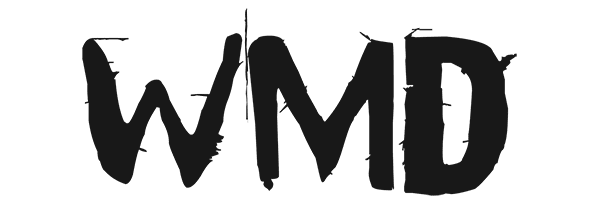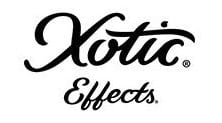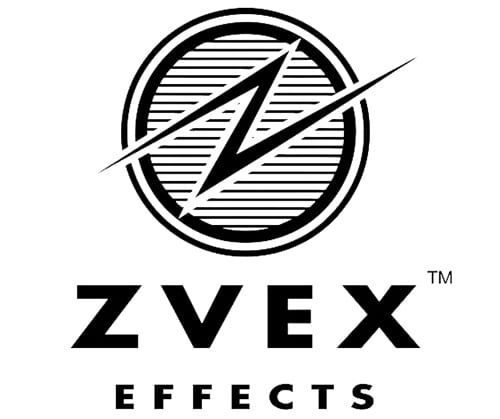If the ever-growing number of small boutique pedal makers these days are microbreweries, BOSS is Coors. But no matter how much some tone snobs may love to talk down the behemoth company, BOSS has undeniably innovated and shaped guitar sounds in multiple ways since the 1970s.
BOSS’s effects catalog is huge. The stompboxes listed here are those with pedigrees that go back decades, that were game-changers at the time of their initial release, and which are still widely available in some affordable form, ideally in the classic compact chassis. Continue reading to find out if your favorite pedal made the cut.
Chorus Ensemble CE-2
 In 1975, BOSS’s parent company Roland introduced a brand new “chorus” effect in their solid-state Jazz Chorus amps, which doubled single guitar signals into multiple choruses then modulated them through warbling vibrato effects. It basically sounded like many guitars, some slightly out of tune, all playing the same lines. Within a year, BOSS was packaging the same circuits into stompboxes with the CE-1, and later the more compact CE-2 and stereo CE-3.
In 1975, BOSS’s parent company Roland introduced a brand new “chorus” effect in their solid-state Jazz Chorus amps, which doubled single guitar signals into multiple choruses then modulated them through warbling vibrato effects. It basically sounded like many guitars, some slightly out of tune, all playing the same lines. Within a year, BOSS was packaging the same circuits into stompboxes with the CE-1, and later the more compact CE-2 and stereo CE-3.
The analog effect absolutely dominated pop and rock music of the 1980s, becoming as essential to the era’s sound as synthesizers and gated-reverb drums. Like many elements of that time, BOSS chorus rapidly reached the point of overused cliché. However, the Chorus Ensemble series remains one of the best and most reliable chorus pedals available today, and most models can still be bought for well under $150.
Digital Delay DD-2
 Delay effects are rooted in expensive and high-maintenance tape-echo units from the 1960s, which gave way to analog bucket-brigade chipped delays pedals in the 1970s like the EHX Memory Man and BOSS’s own DM-series pedals. In 1983, BOSS introduced their first digital effect and the world’s first digital delay stompbox: the DD-2.
Delay effects are rooted in expensive and high-maintenance tape-echo units from the 1960s, which gave way to analog bucket-brigade chipped delays pedals in the 1970s like the EHX Memory Man and BOSS’s own DM-series pedals. In 1983, BOSS introduced their first digital effect and the world’s first digital delay stompbox: the DD-2.
Whereas analog delays have a bit of warmth to their decaying echoes, digital delays are more crisp, less noisy, and capable of much longer repeat times. The DD-2 put digital sounds that were previously limited to large rack units into a small stompbox, and set the stage for later digital delay technology’s use in looping and sampling. The DD-2 is gaining value on used gear websites, but the very similar DD-3 is still in production and available for around $140.
Distortion DS-1
 It’s not an exaggeration to say that BOSS’s DS-1, released in 1978, is to distortion pedals as the Tube Screamer is to Overdrive and the Big Muff to fuzz. It is the quintessential, no-frills, rockin’ distortion pedal. With a single tone knob that emphasizes scooped mids, a hard clipping crunch, and usually Op-Amp circuitry, the DS-1 is miles beyond overdrive pedals in terms of gain and sustain, but without the harmonic overtones and thick fuzz of Muff-style pedals.
It’s not an exaggeration to say that BOSS’s DS-1, released in 1978, is to distortion pedals as the Tube Screamer is to Overdrive and the Big Muff to fuzz. It is the quintessential, no-frills, rockin’ distortion pedal. With a single tone knob that emphasizes scooped mids, a hard clipping crunch, and usually Op-Amp circuitry, the DS-1 is miles beyond overdrive pedals in terms of gain and sustain, but without the harmonic overtones and thick fuzz of Muff-style pedals.
Perhaps most widely associated with the groundbreaking alt-rock of Nirvana’s Nevermind, the DS-1 set the stage for higher gain BOSS pedals like the “Turbo” DS-2, the HM-2 “Heavy Metal,” and the infamous MT-2 “Metal Zone.” But most aficionados still love the original more than any of its descendents, and you can easily find used DS-1 models for well under $75.
Blues Driver BD-2
 In contrast to the distorted mayhem of the DS-1, BOSS’s BD-2 Blue Driver has been the company’s flagship overdrive/boost pedal since 1995. Like the more famous Tube Screamer, the BD-2 excels at emulating tube-style warmth, sustain, and grit. But like the Klon Centaur, it can function as a subtle transparent boost that enhances the drive of heavier pedals. Try combining it with a DS-1 and you may just be amazed.
In contrast to the distorted mayhem of the DS-1, BOSS’s BD-2 Blue Driver has been the company’s flagship overdrive/boost pedal since 1995. Like the more famous Tube Screamer, the BD-2 excels at emulating tube-style warmth, sustain, and grit. But like the Klon Centaur, it can function as a subtle transparent boost that enhances the drive of heavier pedals. Try combining it with a DS-1 and you may just be amazed.
Another reason for the BD-2’s long-lasting popularity is its potential for modifications such as Robert Keeley’s “Phat Mod,” and BOSS’s own in-house boutique Waza modification. While perhaps not as pioneering or iconic as BOSS’s forays in chorus or delay, the BD-2 is an excellent tube-style overdrive that can hang at $100 with pedals that are double or triple its price.
Compression Sustainer CS-3
 Compression is a subtle, and often misunderstood, effect. Simply put, it boosts more quiet signals and limits louder ones, smoothing over your guitar’s levels and adding a bit of sustain to clean, quiet sounds. Unlike the aforementioned pedals, BOSS’s 1986 CS-3 unit was not really in stompboxes and it arrived more than 10 years after the first compression pedals.
Compression is a subtle, and often misunderstood, effect. Simply put, it boosts more quiet signals and limits louder ones, smoothing over your guitar’s levels and adding a bit of sustain to clean, quiet sounds. Unlike the aforementioned pedals, BOSS’s 1986 CS-3 unit was not really in stompboxes and it arrived more than 10 years after the first compression pedals.
While the CS-3 may lack the over-the-top and sometimes-dated glory of BOSS’s chorus and delays, it is a reliable workhorse. It’s always there to smooth out your signal at the start of your effects chain and give firm support to other flashier effects. It’s a tried-and-true formula, and little has changed in the CS-3 for more than 30 years. You won’t find a better compression pedal at the price, which is around $100 new.
Conclusion
For more than 40 years, BOSS has taken the most essential guitar effects, modified them, standardized them, and packaged them into their beloved compact enclosures. Despite long-held stereotypes about inexpensive Japanese-made products, the company has proven time and time again to be a master of innovation. In the case of chorus or digital delay, their pedals were very much pioneers in the field.
If you’re looking for less-expensive gear, old used gear, or maybe aren’t quite sure if you need a specific effect, check out BOSS. They’ve sold 10 million-plus units for a very good reason.


